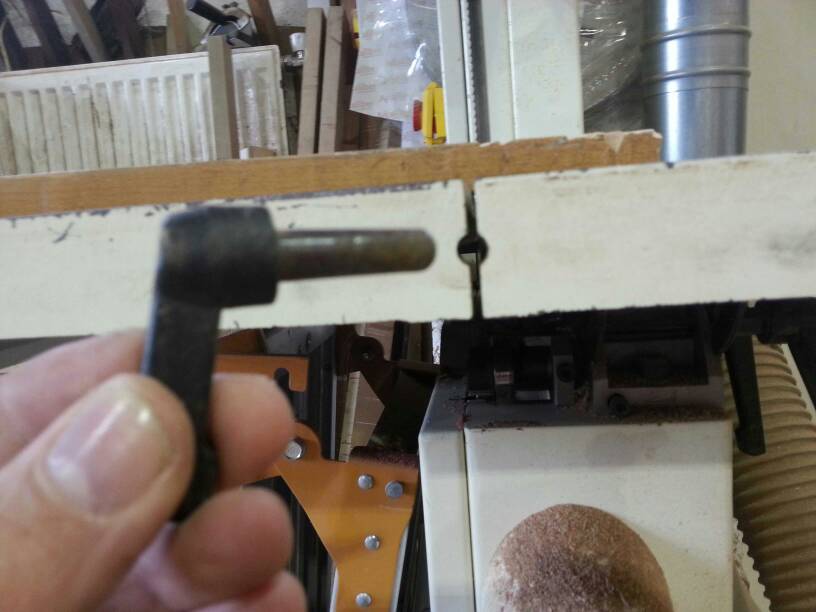Just noticed this new forum — brilliant!
Just wondering if there is an economic way to flatten cast iron machine tables that are warped? My bandsaw was ex-demo and the table has never been flat. I've been quoted a silly price for a new one. Would be great it was possible to fix the one I have. I don't mean doing it myself, but is there someone I could send it to?
Just wondering if there is an economic way to flatten cast iron machine tables that are warped? My bandsaw was ex-demo and the table has never been flat. I've been quoted a silly price for a new one. Would be great it was possible to fix the one I have. I don't mean doing it myself, but is there someone I could send it to?


































